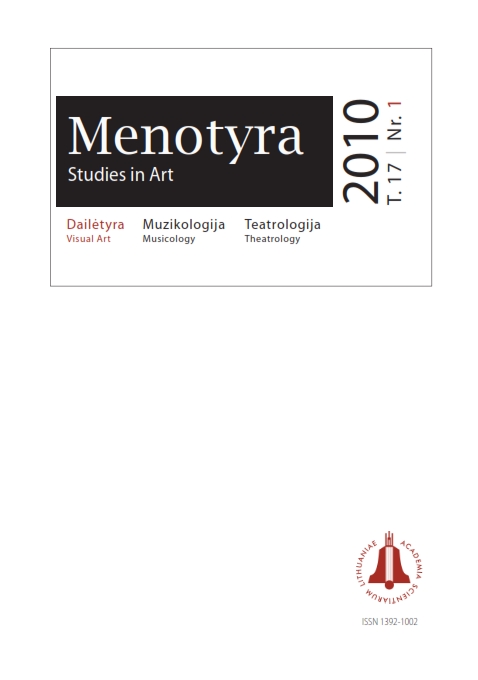Kryžių kalnai Žemaitijoje XVI–XIX a.: liaudies christianizacijos problema
The Hills of Crosses in the 17th–19th centuries. Problems of people’s Christianization
Author(s): Rita Regina TrimonienėSubject(s): Christian Theology and Religion, Visual Arts, Modern Age
Published by: Lietuvos mokslų akademijos leidykla
Keywords: the Hill of Crosses; Žemaitija; Christianization; archaic worldview; the Catholic Church; Dūseikiai; Telšiai;
Summary/Abstract: Cross building to mark a sacred place has been more or less frequently practiced in Christian Europe. Although the formation of the Christian worldview was slow in Žemaitija and Northern Lithuania, a rather unique phenomenon, Hills of Crosses, is found there. These are the Hill of Crosses in the fields between Linkuva-Plonėnas estates mentioned in 1565, the Hill of Crosses on the old mound of Jurgaičiai near Šiauliai and the offside of the Hill of Crosses near Dūseikiai (Telšiai district).The offside of the Hill of Crosses, first mentioned in 1538, was a private domain, presumably of the Rėkučiai-Kęsgailos, later passed over to the patrimony of the Kražiai chapel’s altar. Afterwards, in the course of litigations, it was incorporated into Luokė estate which was under the Bishop’s of Žemaičiai patrimony. After the abolition of the Jesuit order, lawsuits over proprietorship rights of the offside domain were brought against the landlords who had purchased a domain there. At the end of the 4th decade of the 19th century, the Hill of Crosses was renamed Liausginai in the documents. This could be linked with the fact that the offside territory was almost uninhabited; therefore, in the course of time, the name of one of the owners of the surrounding domain stuck in the settlers’ memory.The “targeted” pastoral care characteristic of the Middle Ages when clergymen focused only on the community of a town, settlement or village whereas rural provinces were left unattended, is also clearly evident in the 17th century in the Telšiai district. Consequently, we can speak about at least minimal religious consciousness of the peasants. On the other hand, these conditions were rather conducive to practicing the old rites.However, the early Hills of Crosses should not be linked with the sites of the pagan necrocult. Three simple Latin crosses on the Hill on the topographic maps of the second half of the 18th century and a shrine close to the Pateklėnai village with the cross on top demonstrate a successful introduction of the reformed Roman Catholic Christianity in the district, although a filial parish church in Ubiškės was built only in 1785. The Catholic Church tolerated existence of such sacred places gradually adapting them to its worldview, but it did not induce the cult of the Hill of Crosses as it was a weird religious practice by nature.
Journal: Menotyra
- Issue Year: 17/2010
- Issue No: 1
- Page Range: 37-50
- Page Count: 14
- Language: Lithuanian

